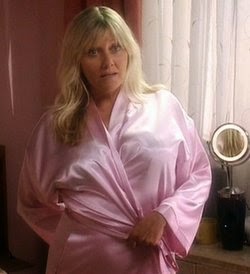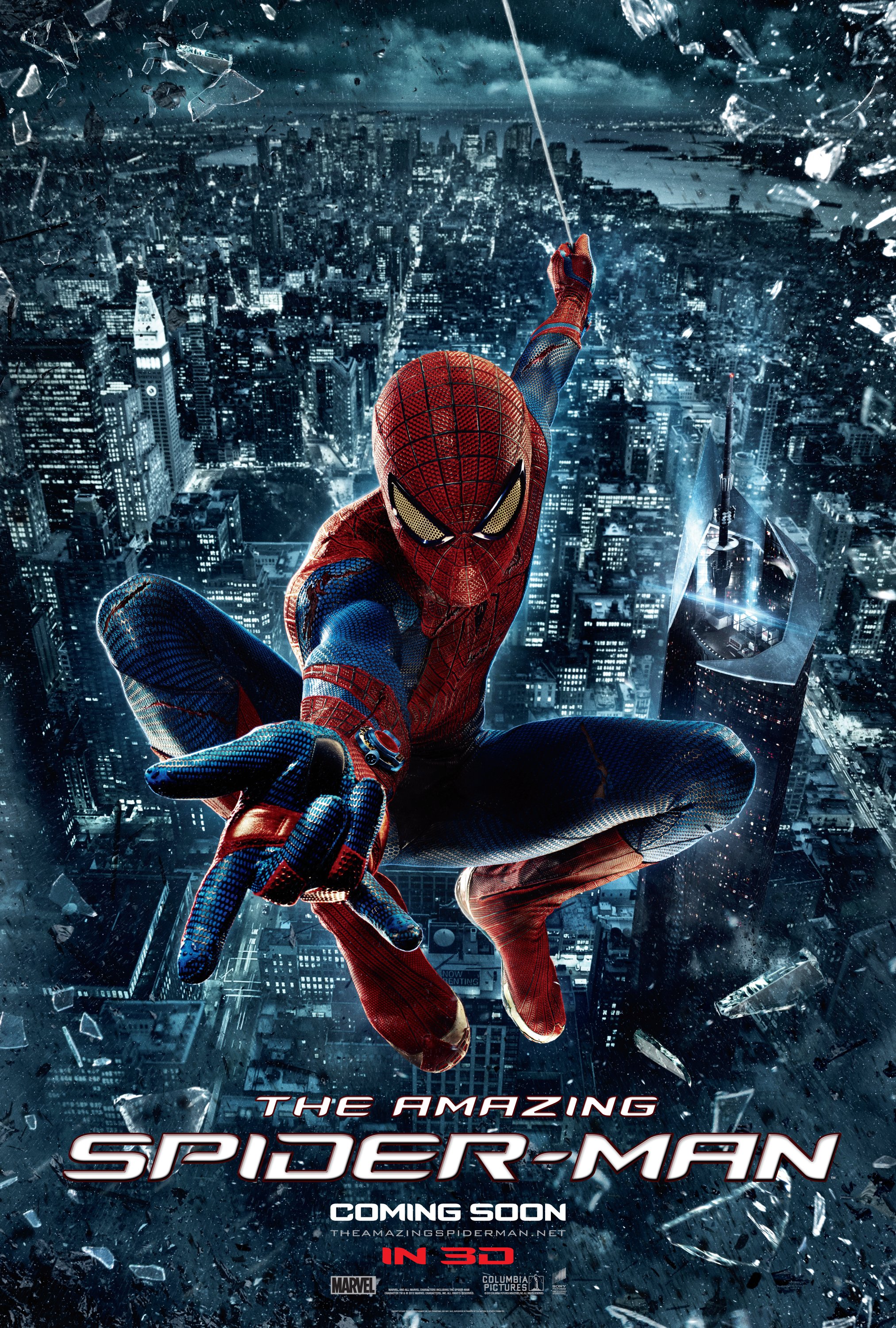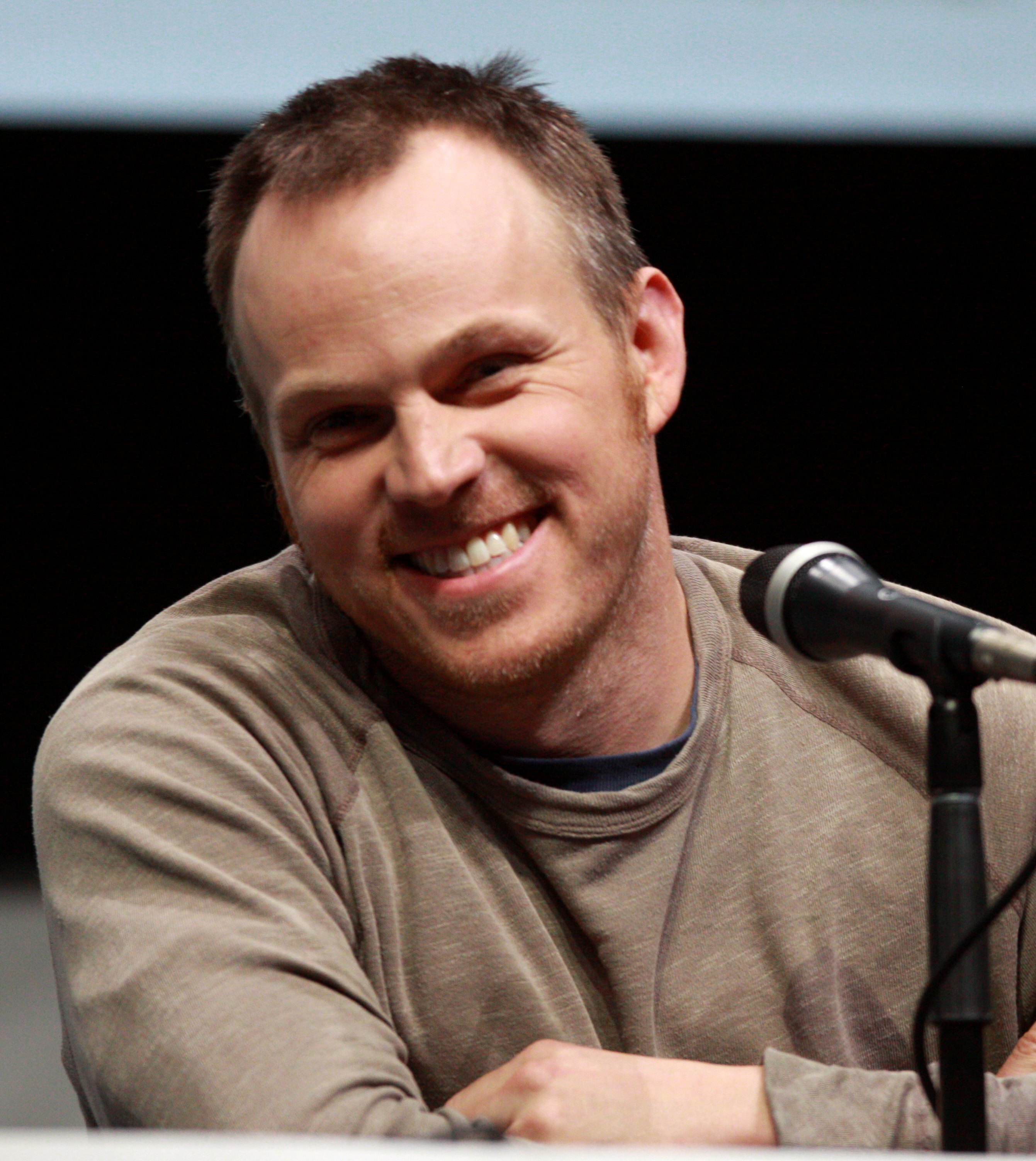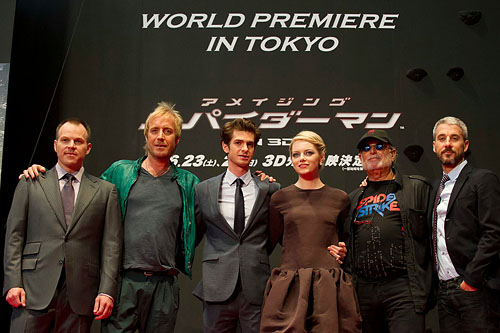- Vulnerable- can't defend themselves
- Incapable- can't work
- Unintelligent- disability holds them back
- Unattractive
- Lonely- people don't like what they see
- Left-out
- Marginalised
Disability in TV Drama- Examples of Disabled Characters
00.00-00.54
This excerpt from Casualty in which the character of Alex (who is disabled) is represented both conforms to the stereotype of disabled people and breaks it as well. We can clearly explore this through the four areas of textual analysis.
Camera shots, angles, movements and composition play a large role in representing the character of Alex. At the beginning of the scene there is slight high angle shot looking down on him, whereas his brother is viewed from a straight-on angle, and the woman at the counter is shot from a low angle shot- this suggests that these two non-disabled people have more power over Alex and that he is more vulnerable. This therefore conforms with the stereotypical quality of disabled people being vulnerable, and consequently others having unfair power over them.
This stereotype is further conveyed when they are talking to the woman at the counter. Alex is positioned at the side of the frame, whereas his brother is positioned in the middle- inferring that he is more important and has more power.
However, the disabled stereotype is also broken. For example, Alex gets about the same amount of screen time as his brother- suggesting that he is equally important, and therefore has an equal amount of power- so this breaks the stereotype of non-disabled people having power over disabled people.
The sideways tracking shot at the end of the scene follows Alex and positions him in a close-up to the camera, suggesting that he is the most important and powerful person in the scene- and breaking the stereotype of disabled people having little power over those who aren't.
Editing is also a key element in representing Alex. The editing in this excerpt breaks the stereotype of disabled people- for example there are a lot of reverse shots between Alex and his brother, which infers that they are both of the same importance and equal. This breaks the stereotype mentioned earlier (of disabled people having less power).
The sound in this scene is a key factor in representing the character of Alex. The sound used mainly represents Alex as a character that conforms to the stereotypical qualities of a disabled person. For example, the diegetic sound of the cheery Christmas music in the background contrasts Alex's bad mood, and therefore highlights his bad attitude- this therefore conforms with the stereotypical quality of disabled people being unhappy. The dialogue further conveys Alex's bad attitude as he comes across as rude.
The dialogue further represents Alex as a character who conforms to the stereotype when he says, on his brother asking him if he wants a watch, 'so I can watch the hours passing?'. This suggests that he doesn't do a lot, and therefore infers that he is lonely- which is a stereotypical quality of a disabled person.
The stereotypical behaviour of people towards disabled people is also represented in this scene, when Alex's brother asks him 'which one do you fancy?' it almost comes across as quite patronising- even though it wasn't intended in this way. This is the stereotypical behaviour of the public towards disabled people, and it further conveys the stereotype of people who aren't disabled having more power over those who are.
The Mise En Scene is a significant area of textual analysis in representing Alex. Alex's costume is dull, dreary and has quite dark colours- his brown jacket for example- this could reflect that he is depressed with life and is discontent, and this complies with the stereotype.
The setting inside the shop is cheery and festive- which is a contrast to Alex's behaviour, therefore it highlights his bad attitude (that complies with the stereotypical quality of being unhappy).
In conclusion, this scene from Casualty both breaks the stereotype of disabled people and conforms to it. However, I would say that, on the whole, the character of Alex conforms to the stereotype.

















